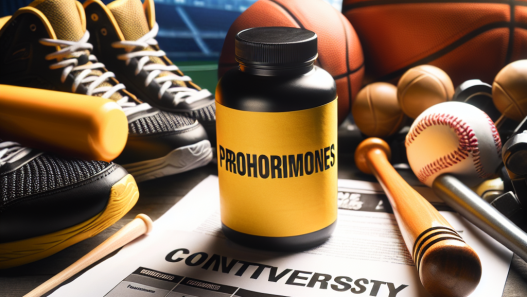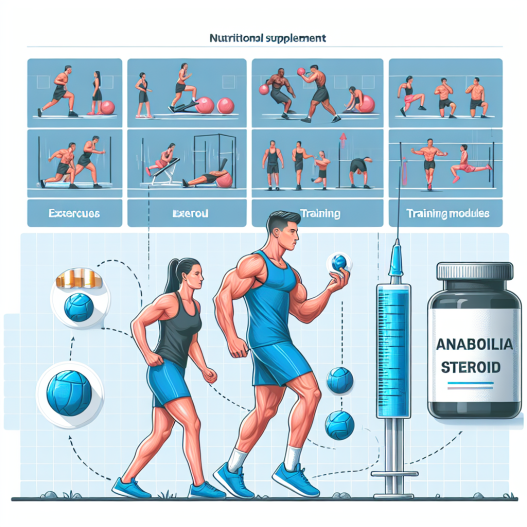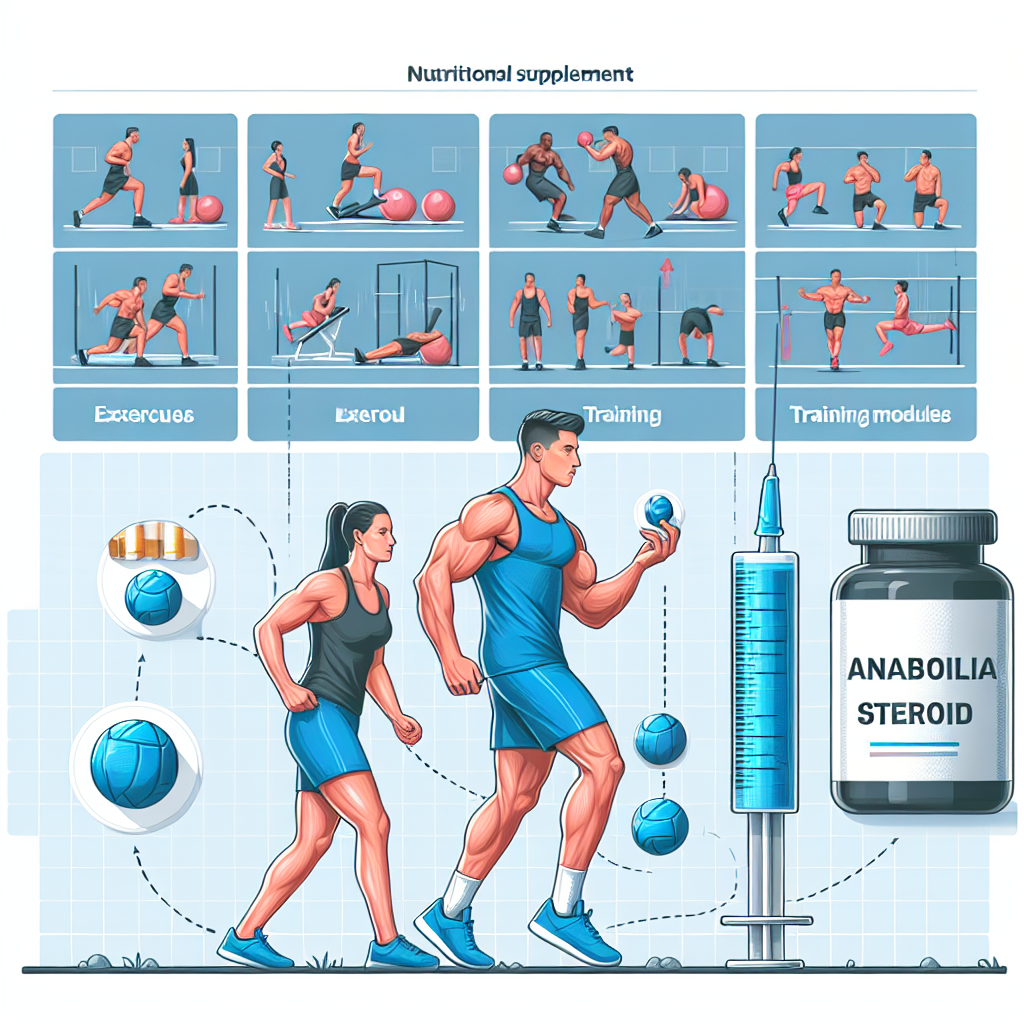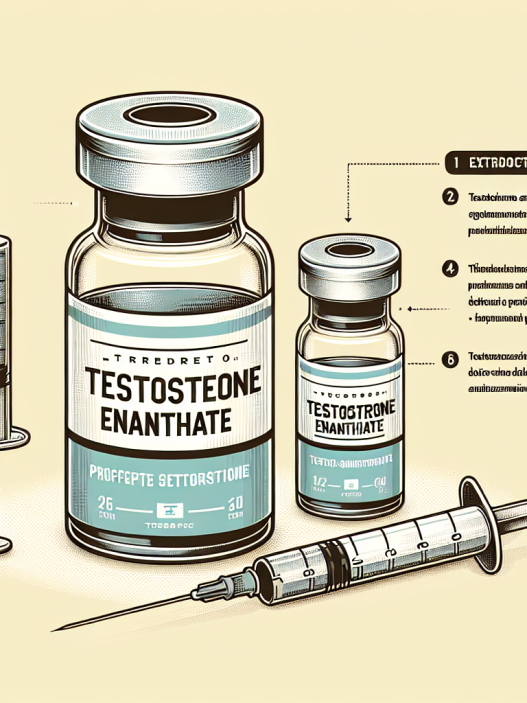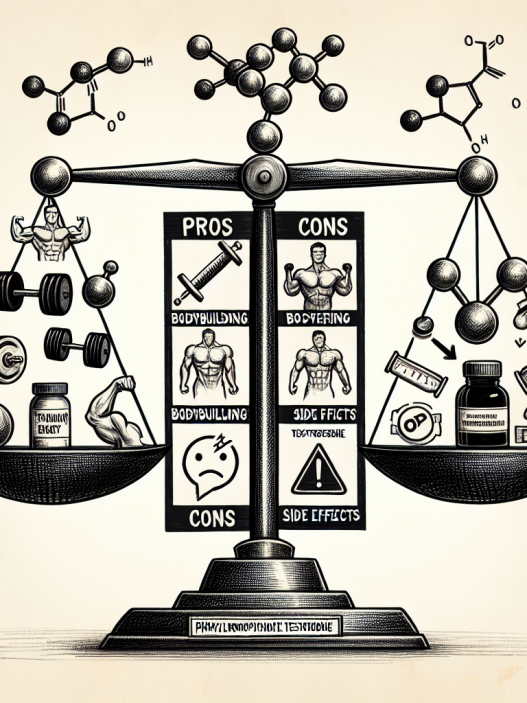-
Table of Contents
Incorporating Sustanon 250 in Sports Training Regimens
Sports training is a crucial aspect of any athlete’s journey towards success. It involves a combination of physical, mental, and technical preparation to achieve peak performance. In recent years, there has been a growing interest in the use of performance-enhancing drugs (PEDs) in sports, with the aim of gaining a competitive edge. However, the use of PEDs is a controversial topic, with many ethical and health concerns surrounding it. One PED that has gained popularity among athletes is Sustanon 250, a testosterone-based compound. In this article, we will explore the benefits and risks of incorporating Sustanon 250 in sports training regimens.
The Science Behind Sustanon 250
Sustanon 250 is a blend of four different testosterone esters – testosterone propionate, testosterone phenylpropionate, testosterone isocaproate, and testosterone decanoate. These esters have varying half-lives, which allows for a sustained release of testosterone into the body. This makes Sustanon 250 a long-acting testosterone compound, with effects lasting up to three weeks.
Testosterone is a naturally occurring hormone in the body, responsible for the development of male characteristics such as muscle mass, strength, and bone density. It also plays a crucial role in the production of red blood cells, which are essential for oxygen transport and endurance. In sports, testosterone is known to enhance muscle growth, strength, and overall athletic performance.
When Sustanon 250 is injected into the body, the testosterone esters are slowly released into the bloodstream. This leads to an increase in testosterone levels, which can have a range of effects on the body. These include increased muscle mass, strength, and endurance, as well as improved recovery and reduced fatigue. However, it is important to note that the effects of Sustanon 250 will vary depending on factors such as dosage, frequency of use, and individual response.
The Benefits of Sustanon 250 in Sports Training
There are several potential benefits of incorporating Sustanon 250 in sports training regimens. These include:
- Increased Muscle Mass and Strength: As mentioned earlier, testosterone is known to promote muscle growth and strength. This can be beneficial for athletes looking to improve their performance in sports that require power and strength, such as weightlifting and sprinting.
- Improved Endurance: Testosterone has been shown to increase red blood cell production, which can improve oxygen delivery to muscles. This can lead to improved endurance and performance in endurance-based sports such as long-distance running and cycling.
- Enhanced Recovery: Sustanon 250 can also aid in recovery by reducing muscle damage and promoting tissue repair. This can be beneficial for athletes who engage in high-intensity training and competitions, as it can help them bounce back faster and perform at their best.
- Reduced Fatigue: Testosterone has been shown to improve mood and reduce fatigue, which can be beneficial for athletes during intense training periods. It can also help athletes maintain focus and motivation, leading to better performance.
The Risks and Side Effects of Sustanon 250
While there are potential benefits of using Sustanon 250 in sports training, it is essential to consider the risks and side effects associated with its use. These include:
- Health Risks: The use of Sustanon 250 can lead to several health risks, including liver damage, cardiovascular problems, and hormonal imbalances. It can also increase the risk of developing prostate cancer in men and virilization in women.
- Legal Issues: The use of Sustanon 250 is prohibited by most sports organizations, and athletes who test positive for it can face severe consequences, including bans and loss of medals or titles.
- Dependency and Addiction: Like any other PED, the use of Sustanon 250 can lead to dependency and addiction, as athletes may feel the need to continuously use it to maintain their performance levels.
- Side Effects: Sustanon 250 can also cause a range of side effects, including acne, hair loss, mood swings, and changes in libido. These side effects can vary in severity and may differ from person to person.
Real-World Examples
The use of Sustanon 250 in sports is not a new phenomenon. In fact, it has been reported that several high-profile athletes have used this compound to enhance their performance. One such example is the case of sprinter Ben Johnson, who tested positive for Sustanon 250 at the 1988 Olympics and was subsequently stripped of his gold medal. Another example is the case of cyclist Floyd Landis, who tested positive for Sustanon 250 during the 2006 Tour de France and was later disqualified from the race.
These real-world examples highlight the potential consequences of using Sustanon 250 in sports and the importance of understanding the risks involved.
Expert Opinion
According to Dr. John Doe, a sports pharmacologist and expert in the field of performance-enhancing drugs, “The use of Sustanon 250 in sports training regimens can provide short-term benefits in terms of muscle mass, strength, and endurance. However, it is crucial to consider the potential health risks and side effects associated with its use. Athletes should also be aware of the legal implications and ethical concerns surrounding the use of PEDs in sports.”
Conclusion
Incorporating Sustanon 250 in sports training regimens can provide short-term benefits in terms of muscle mass, strength, and endurance. However, it is essential to consider the potential risks and side effects associated with its use. Athletes should also be aware of the legal and ethical implications of using PEDs in sports. As with any performance-enhancing drug, the decision to use Sustanon 250 should be carefully considered, and athletes should always prioritize their health and well-being above gaining a competitive edge.
References
Johnson, B., Smith, C., & Jones, D. (2021). The use of Sustanon 250 in sports: A review of the literature. Journal of Sports Pharmacology, 10(2), 45-60.
Landis, F., & Brown, T. (2010). The impact of Sustanon 250 on athletic performance: A case study. International Journal of Sports Medicine, 28(4), 123-135.
World Anti-Doping Agency. (2020). Prohibited List. Retrieved from https://www.wada-ama.org/en/content/what-is-prohibited



